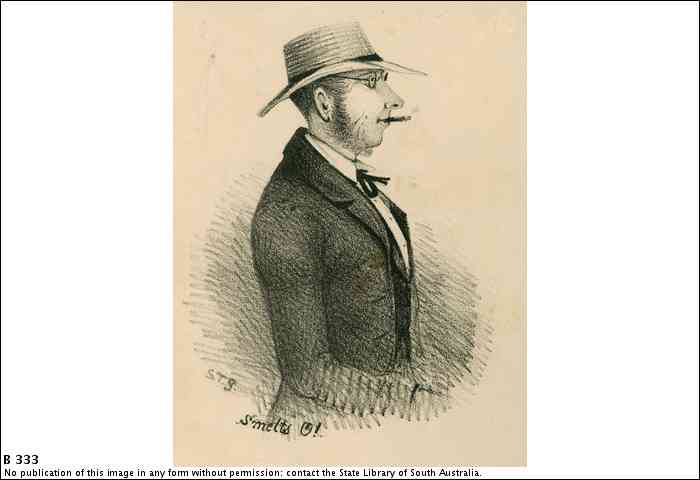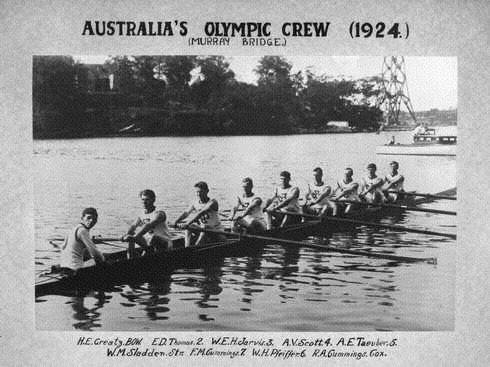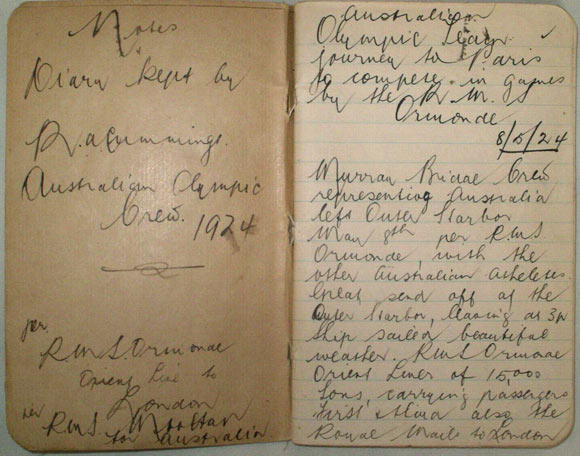Suggest a topic
Suggest a new Did you know? topic

Diaries
891 ABC Afternoon Delights at the State Library : 3 & 31 August 2004
Carole Whitelock talked with Michael Talbot
Because they are a contemporary record of events, diaries are a valuable tool for anyone wanting to delve into the history of a time period, a social movement, or a particular happening.
Some diaries are also written well enough to make pleasurable reading. And sometimes you feel you've come to know the writer.
As well as published diaries, the State Library collects unpublished archival material - in most cases these are the handwritten originals, but there are also photocopies and transcripts. I looked in the Library catalogue and there are records for nearly 600 diaries, dating from before 1836 to quite recent ones.
A diary might be something you keep for a special period in your life: a record of a trip, or your thoughts and feelings during a time of crisis. Or it might be something you write daily over a long period of time. Some just record events. Others reveal a person's thoughts and feelings.
For today I decided to concentrate on three diaries kept by very different South Australians.
John Brown 1801 - 1879
 |
|
|
B 333 - John Brown, emigration agent: a drawing from S.T.Gill's Heads of the People, 1849 |
The Australian Dictionary of Biography describes John Brown as immigration agent and company manager. In 1833 he was an importer of wines and spirits but his business failed and he joined the South Australian colonising movement. He was associated in plans for providing the new colony with religious instruction on dissenting principles. He had a very clear understanding of the principles of systematic colonisation that were to underlie the new colony and assisted Edward Gibbon Wakefield in preparing evidence for the Select Commission on the disposal of colonial wastelands. He was in close contact with most of the players involved in establishing the colony of South Australia.
He felt that a diary of his involvement would one day be 'interesting if not valuable' at some future time, and kept it from 1834 until the start of his voyage to South Australia on 3 July 1836. The original is in the Mitchell Library, Sydney, but the State Library of South Australia has a copy.
I read the diary when I was looking for material about the South Australian Literary and Scientific Association, which was one of a number of groups set up for various purposes associated with the plan for settlement of South Australia.
There are plenty of details about land sales, and politicking for positions in the new settlement. I was interested in his perceptions of Governor Hindmarsh. Favourable first impressions were replaced by concern the colony would be subject to a 'quarterdeck administration'.
My two favourite entries relate to Brown's sharp view of the world. One evening there was a series of meetings that showed considerable fawning to a particular person but Brown was having none of it: 'I saw nothing of it, for I anticipated some such nonsense & quietly smoked a segar with Hanson downstairs'.
Shortly before the Buffalo sailed Brown had to write to a large number of potential emigrants. This wasn't a matter of going to the photocopier and running off a form letter, each letter had to be written by hand. His request for clerical help came to nothing. Two clerks were doing busywork and a third clerk 'is doing what he always has been doing, next to nothing; & finds that as much as his capacity, and his habit of Porter drinking will permit.'
William Stagg
William Stagg was 17 and living on his parents' farm at Tarcowie in 1885. That New Years day he wrote 'Well I think I am going to keep a diary' and did so until 1944, two years before his death.
Nancy Robinson who edited the early diaries for publication said she had come across no other diaries that 'give the day by day pictures of the hardships, the agricultural methods, the flora and fauna, the sociological interplay of ethnic, family and religious groups together with the revelations of personal feelings' as this one.
Bob Cummings
The last diary I want to mention came to my notice out of work the State Library has been doing on the River Murray website launched about a fortnight ago. The website is called Downstream.
|
Murray Bridge Rowing Crew, known as the 'Murray Cods', 1924 |
Diary of Bob Cummings, Cox of the 'Murray Cods', 1924 |
One of the pages on the website refers to the 'Murray Cods' Australia's Olympic Eights in the 1924 Paris Olympics.
The Cox of the team was Bob Cummings. His extended family brought together memorabilia and allowed the Library to photograph the items and include them as one of the stories on the website. They also gave us a copy of the diary Bob Cummings kept from the time the RMS Ormonde left Outer Harbour until the team returned to Fremantle.
The diary mentions training on the ship, tourist trips at ports on the way, and arrival in France. A contemporary touch is that when they viewed the main stadium three weeks before the opening ceremony it wasn't completed.
There are descriptions of training and accommodation. The team made the semi-finals, but not the finals. Bob Cummings' terse summary of their campaign was 'Rowing finished. Had hard luck. Did our best.'
More Afternoon Delights
ABC Afternoon Delights at the State Library was a series in which Carole Whitelock talked with Michael Talbot from the State Library about South Australian topics, illustrated by items from the Library's collections. View the associated SA Memory page for each topic.




